(Part one in a two-part series)
When searching for information on professional development and what works for teachers, an inquiry will surface titles such as “effective professional development in 5 easy steps…” or “strategies for effective professional development…” These beg the question, “Would I want to offer ineffective professional development to teachers?” Yet, those of us who have worked in education recognize the challenge of finding professional development opportunities that meet the needs of the myriad of professionals working in schools with a broad range of expertise, knowledge and skills. Coupling this goal of meeting the professional learning needs of the many differently skilled faculty members with an equal desire to have all PD have a direct impact on student learning adds to the challenge.
One of the sources I recently discovered that provided well researched insight into this topic came from the Research Partnership for Professional Learning (PL) in October of 2022. The report, titled Building Better PL: How to Strengthen Teacher Learning, attracted me to it as the introduction notes the recent advancements in PL that are focused on improving teacher practice and student learning. According to their research, the two key components to PL are the “how” and the “what.” This information aligns well with my experience of working with 50+ schools and hearing from teachers as to what works and what doesn’t work and seeing firsthand the direct correlation between good PL and improved student outcomes. A school administrative team can offer the best content but, if not delivered in a manner that resonates with best practice, the PL can fall flat. Similarly, the best process without good content has the potential to be viewed as a waste of precious time. In this two-part series, part one will focus on the “how” and part two will focus on the “what.”
The research done by Heather Hill and John Papay identifies well-structured collaboration as a key component to good PL. The key to this lies in the phrase “well-structured,” as loosely formed PLCs and teacher-to-teacher partnerships don’t always equate with improved teaching and learning opportunities. Late start school days meant to provide time each week to faculty professional learning are only effective if the time spent is focused on an identified common purpose. Collaborative practices, like most change oriented opportunities, must be directly linked to shared specific goals.
The other “how” identified by Hill and Papay is the 1:1 coaching model focused on improving instructional practice. While many schools employ instructional coaches, it appears as if this is money well spent particularly if the role of coach isn’t a split duty administrative role and allows the coach to do the necessary pre-work, locate essential resources, and support the instruction that will directly impact student learning. In this time of teacher shortages, the role of coach becomes even more essential as the research on strategic staffing suggests schools need to find more innovative ways to support teachers in doing the work of educating students. Lastly, we must not forget the follow up meetings that accompany successful professional learning opportunities. Providing teachers with set aside time to ask follow up questions, share feedback, improve practice, or challenge assumptions is critical to success. And, as Hill and Papay note, “follow up sessions may serve as a powerful accountability level…” (p. 8).
While there is no one size fits all professional learning program for schools on the market today, we can work to improve our offerings to teachers so they in turn can continue to do the difficult yet rewarding work of educating young people for our future.


